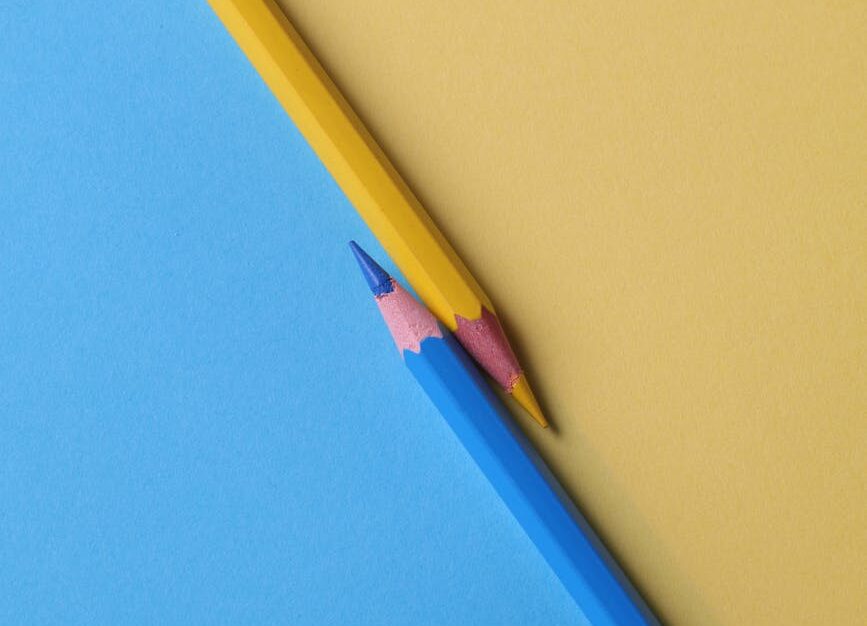Are you a graphic designer who prefers Linux but worries about finding tools for Linux graphic designers? The open-source ecosystem has evolved dramatically in recent years, offering powerful alternatives to proprietary software. Let’s explore the five best graphic design tools available for Linux that can handle everything from photo editing to vector illustration and UI design.
GIMP: The Ultimate Photo Editor for Linux

Key Features:
- Comprehensive layer support for complex compositions
- Advanced selection tools including paths and channels
- Extensive filter library for photo manipulation and effects
- Custom brushes and patterns for detailed artwork
- Plugin architecture that expands functionality through community extensions
GIMP 2.10+ introduced significant improvements including a dark theme, better high-DPI support, and enhanced color management. The latest versions also feature non-destructive editing through layers, making it increasingly viable for professional work.
# Install GIMP on Ubuntu/Debian
sudo apt install gimpPro Tip:
Install the GIMP Plugin Registry to access hundreds of additional effects, filters, and utilities that expand GIMP’s capabilities dramatically.
Inkscape

When it comes to vector graphics on Linux, Inkscape reigns supreme. This powerful SVG editor rivals Adobe Illustrator and offers everything needed for logo design, illustrations, and technical drawings.
Key Features:
- Comprehensive path manipulation tools for precise vector editing
- Advanced text handling with full SVG font support
- Powerful node editing capabilities for complex shapes
- Extensive file format compatibility (SVG, AI, PDF, EPS)
- Object creation and manipulation tools for efficient design workflows
The recent Inkscape 1.2 release brought significant performance improvements, canvas rotation, and better multi-page support, cementing its position as a professional-grade vector editor.
# Install Inkscape on Ubuntu/Debian
sudo apt install inkscapeReal-World Application:
Many graphic designers use Inkscape for creating logos, icons, marketing materials, and illustrations. Its SVG-native approach makes it perfect for web graphics and responsive design.
Krita: Digital Painting Powerhouse

Krita has evolved from a simple drawing program into a comprehensive digital painting studio that rivals professional tools like Corel Painter and Clip Studio Paint.
Key Features:
- Extensive brush engine with customizable brush tips and dynamics
- Advanced layer management with group, filter, and vector layers
- Pop-up color selector and brush palettes for efficient workflows
- Animation capabilities for frame-by-frame animation
- Painting assistants for perspective, ellipses, and straight lines
Graphic designers working in concept art, illustration, or comic creation will find Krita’s intuitive interface and powerful tools indispensable.
# Install Krita on Ubuntu/Debian
sudo apt install kritaDesigner Insight:
“As someone who creates both commercial illustrations and concept art, Krita’s brush engine and resource management make it my go-to tool for digital painting on Linux.” — Maria Chen, Freelance Illustrator
Darktable: Photography Workflow Solution
For photographers and designers who work extensively with RAW photos, Darktable provides a complete photography workflow solution similar to Adobe Lightroom.
Key Features:
- Non-destructive editing preserves original image data
- Powerful RAW processing with advanced color management
- Tethered shooting capability for studio photography
- Comprehensive tagging and metadata management
- Advanced export options with presets for different media
Darktable’s node-based processing allows for complex adjustments while maintaining a comprehensive history of changes.
# Install Darktable on Ubuntu/Debian
sudo apt install darktableWorkflow Integration:
Darktable works seamlessly with GIMP, creating a powerful photography workflow where you can process RAW files in Darktable before sending them to GIMP for detailed editing and compositing.
Figma (via Browser): UI/UX Design for Linux Users
While not a native Linux application, Figma works flawlessly in modern browsers, giving Linux graphic designers access to one of the most powerful UI/UX design tools available today.
Key Features:
- Real-time collaboration with team members
- Component-based design systems for consistency
- Responsive design tools for multiple screen sizes
- Prototyping capabilities with interactive components
- Design handoff tools for developer integration
Figma’s web-based approach means Linux designers can collaborate with teams using other operating systems without compatibility issues.
Pro Tip:
Install Figma as a Progressive Web App (PWA) in Chrome or Edge for a more native-like experience with offline capabilities and system integration.
Bonus Tool: Blender for 3D Design
While our list focuses on 2D design, Blender deserves mention as a powerful 3D modeling and animation suite that many graphic designers use for creating 3D elements, product visualizations, and animation.
# Install Blender on Ubuntu/Debian
sudo apt install blenderSetting Up Your Linux Design Environment
For optimal performance with these design tools, consider these system optimizations:
- Invest in a graphics tablet – Wacom tablets have excellent Linux support
- Configure color management – Install DisplayCAL for monitor calibration
- Allocate sufficient RAM – 16GB minimum for serious design work
- Use a color-accurate monitor – IPS panels provide better color reproduction
- Install the latest graphics drivers – For better hardware acceleration
Conclusion: Linux as a Viable Design Platform
Gone are the days when graphic designers had to choose between Linux and professional-grade design tools. With these five applications, Linux users can handle virtually any graphic design task without compromising quality or capability.
Whether you’re a professional designer seeking freedom from proprietary software or a hobbyist exploring creative options on Linux, these tools provide everything needed to create stunning visual content.
What’s your favorite graphic design tool on Linux? Have you made the switch from proprietary software to open-source alternatives? Share your experience and keep creating amazing designs on your Linux system!



